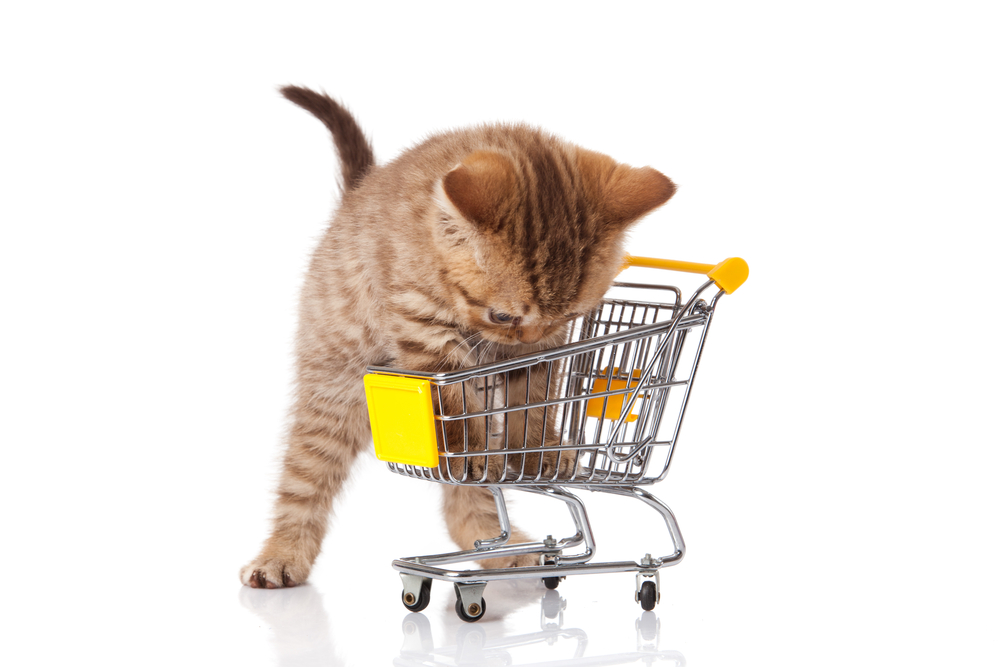What happens to parents when all of their children are finally out of the house? These empty nesters look to pamper their pets, and a survey from Trone Brand Energy shows that most pet owners turn to the web to research tips on how to better care for their favorite animals. In 2012, dog and cat owners spent more than 30 minutes per week reading about their pets’ nutrition and well-being. Most survey respondents admitted to sharing video content, Tweets and other social media posts pertaining to their pets.
Brands that sell pet goods have opportunities to earn loyal consumers and convert them into social influencers. By putting together content marketing campaigns, companies can develop thorough editorial calendars that provide viewers with tips on how to care for every type of pet, and build a consistent returning visitor rate that ultimately leads to higher website conversions.
However, pet brands have to set realistic expectations for their ecommerce hubs. A 2013 Harris Interactive survey found that nearly two-thirds of respondents spend between $1 and $50 per month on their pets, and 22 percent allocate between $51 and $100 monthly. That’s not to say some owners don’t go a little crazy every now and then – the survey also found 22 percent have held or attended a birthday party for their own or a friend’s pet. Gifts for these animals range between $1 and $49, with 83 percent of respondents indicating their presents fall within that dollar range.
Businesses can become consumers go-to source for pet items when they populate the web with content for SEO. With people searching the web for information about their animals, search engine results pages can become the forum on which brands compete for prospects’ attention and loyalty.




